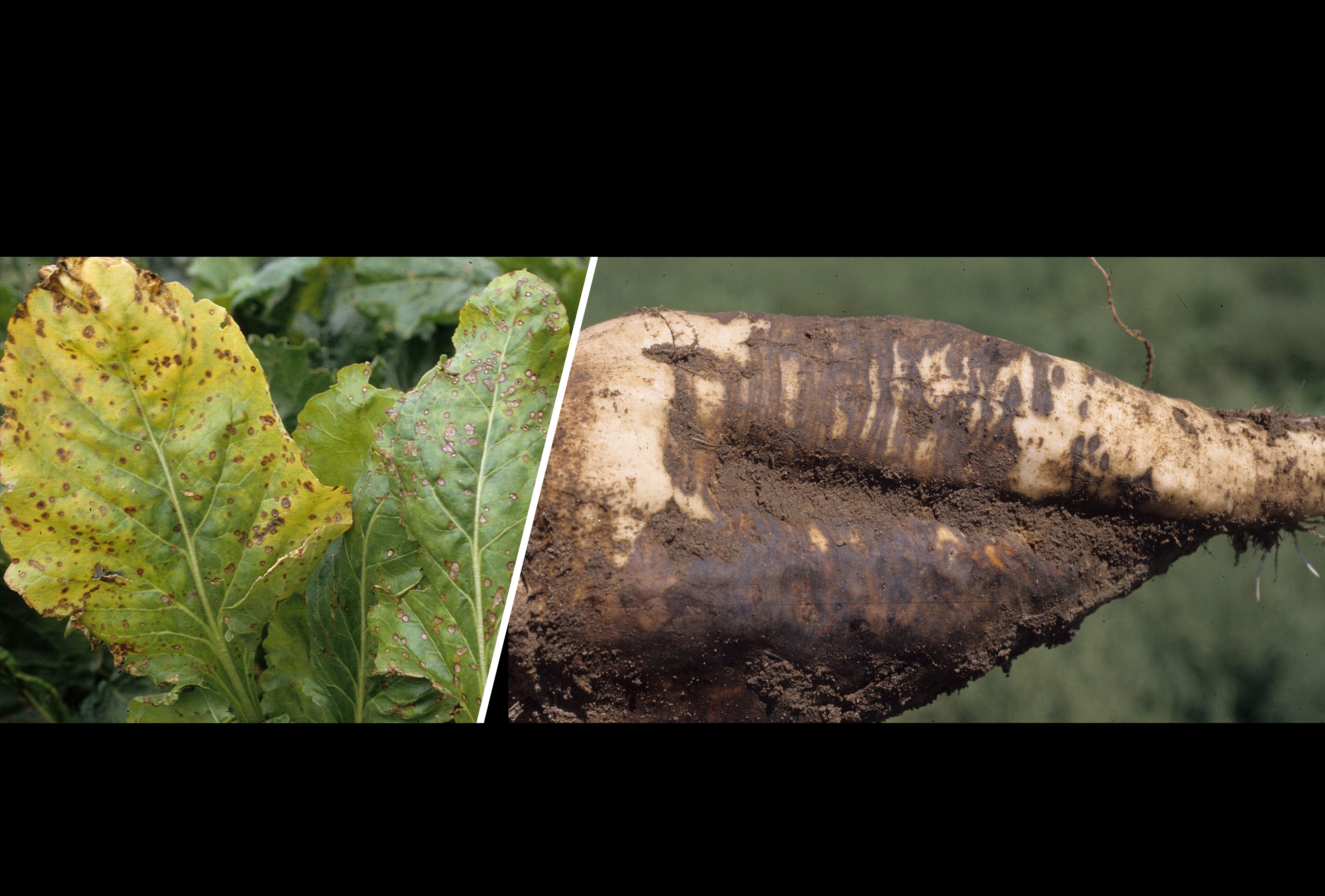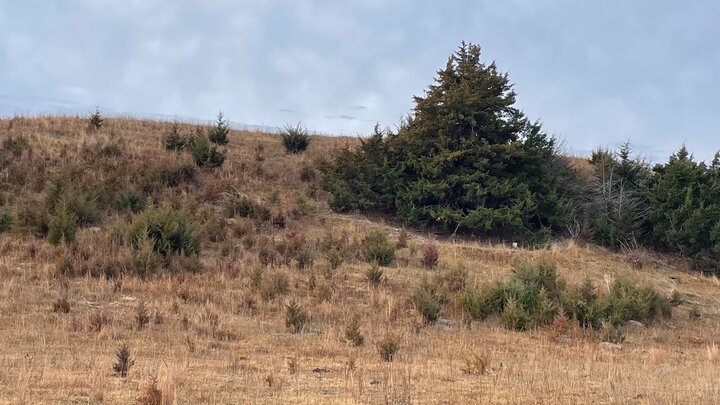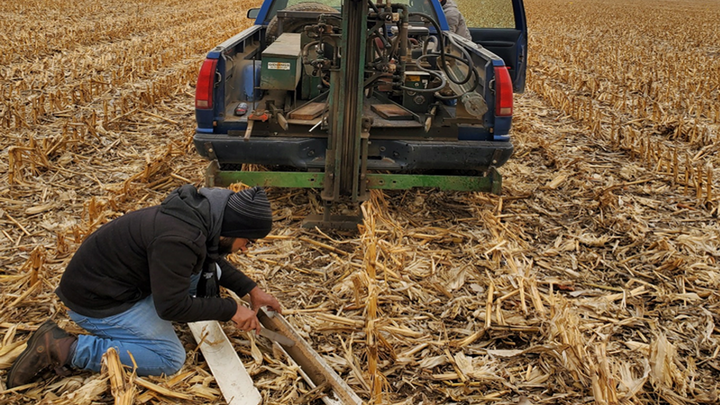By Robert Harveson, Extension Plant Pathologist
Pathogen
Beet Soilborne Mosaic Virus, BSBMV (Furovirus/Benevirus). Virus structures: rigid rod particles with divided genomes. The virus is similar to Beet Necrotic Yellow Vein Virus (Rhizomania), BNYVV, with a least 4 species of single-stranded RNA and similar coat protein molecular weights, but is genetically and serologically distinct. BSBMV, like BNYVV is also transmitted to sugar beets by soilborne fungus, Polymyxa betae and has a similar host range. The virus survives in fungal survival structures (cystosori) in a similar manner as BNYVV.
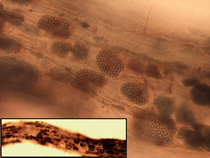
Disease Symptoms
Symptoms caused by BSBMV can be quite variable and may include leaf crinkling, chlorotic blotches, veinal necrosis, mottling, and a general mosaic. However, the most typical symptom is systemic pale green or yellow vein banding that is usually most pronounced on older leaves. Root symptoms vary and infected roots may appear symptomless or they may have similar symptoms to those of rhizomania (stunting, constricted taproots and proliferated secondary roots). Foliar vein-banding symptoms are rare, but occur more frequently on infected sugar beets than the foliar symptoms of rhizomania. When plants are co-infected with both viruses, foliar symptom expression is more frequent. In general, BSBMV causes much milder damage to sugarbeets than rhizomania.
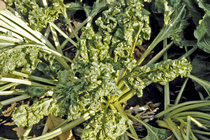
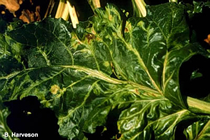
Favorable Environmental Conditions
Because of the zoosporic nature of the vector, very warm, water-saturated soils are required for effective dispersal and infection. Early infection results in much more severe stunting, and yield reductions. Infections occurring later in season may suffer loss of sucrose content, but often result in acceptable root yields.
Management
Genetic Resistance
Use of resistant cultivars is the most cost effective tool for managing this disease. Many cultivars are available (are required for the approval process in the Nebraska/Colorado growing region), many with varying disease packages containing tolerance to other regionally important diseases. Unfortunately, some evidence is appearing now suggesting that some populations of the pathogen may be overcoming the resistance in cultivars. This is evidenced by the appearance of so called "blinkers", which are plants of a resistant variety that show both foliar and root symptoms characteristic of the disease.
Cultural Practices
Management of rhizomania can also be achieved by a combination of cultural practices that are aimed at interfering with the life cycle of the vector. Planting early into cool soils, avoiding over use of irrigation, crop rotation, and using resistant varieties will all help to reduce disease problems due to BNYVV.
Chemical/Biological Control
Soil fumigation and/or solarization where allowed or cost-effective can also be beneficial.
Links
For additional information, see the UNL Extension NebGuide, Rhizomania of Sugar Beet (G1842).
